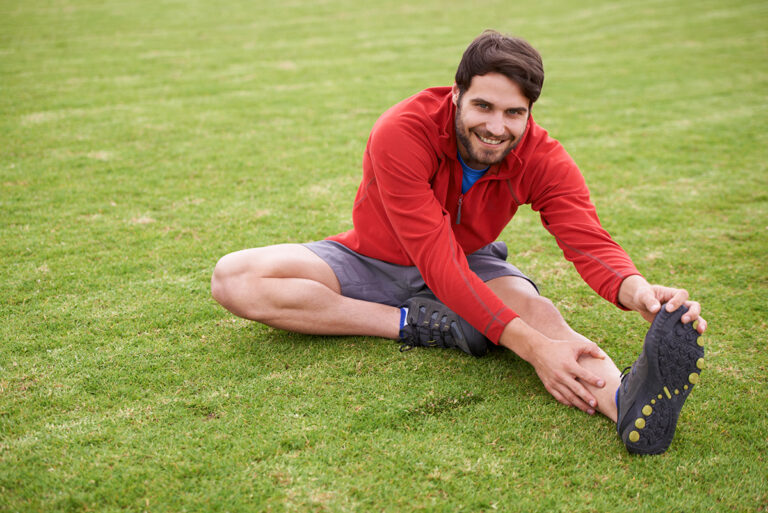When I was in elementary school, a man demonstrated the importance of helmet safety by dropping a watermelon on the concrete. It was a convincing— if a bit dramatic—way to remind us to protect our heads, and to teach us that head injuries go beyond concussions. Head injuries can also refer to abrasions, facial trauma, lacerations, punctures, fractures, or tooth loss.
Doctor Tim Manson of MultiCare Rockwood Clinic in Spokane refers to the most commonly-cited study, which suggests that helmets reduce the likelihood of serious head injury by 70 percent. The study was based on people ages 16 years and younger, but it seems sage advice for people of any age.
When it comes to helmets actually preventing injury, there are a lot of variables involved, including age, traffic, riding conditions, and the speed of the accident. Unsurprisingly, a helmet would not significantly reduce a mid-facial fracture, which makes it hard to draw a correlation between helmets and concussions when facial fractures get looped into the umbrella term of head injury.
The total number of head injury fatalities in the U.S. is around 75,000 per year. Bicycling fatalities (from any injury) make for about 800 of those deaths. Of those 800, a maximum of 600 deaths are due to head injury. In context, serious head injuries from cycling are rather rare. In a survey of members of the League of American Bicyclists, it was found that cycling falls or crashes that actually damaged something (more than $50 worth of property damage, or damage requiring medical treatment) happened on average only once every 11 years, or every 32,000 miles.
Nevertheless, see a doctor if you experience head trauma that leads to memory loss, a change in your balance coordination, slow processing or “brain fog,” or emotional lability. If your friend crashes her bike and then complains about a headache, you should recommend she go in for a checkup. It’s also a good idea to see a doctor if you experience a crash and are simply uncertain or concerned about having a concussion. Keep in mind there’s also risk of head injury in other activities like rock climbing, water skiing, and basketball, which was rated above cycling for head injury risk.
When it comes to cycling, Dr. Manson says it’s important to wear appropriate attire for weather and road conditions, avoid highly-trafficked roads and times, and follow the rules of the road. You should stay visible, remain hydrated and cool, and take appropriate breaks. It helps if you stop to enjoy the scenery; your eyes belong on the road while moving. Proper size, fit, and wear of a helmet is essential.
Morgan Johnson, owner and operator of local bike shop Mojo Cyclery, says that a good, quality helmet is going to be one that fits well. He recommends taking the time to go into a local bike shop to get fitted. There are a few different systems in helmet approaches—one is a cone-style shape, like an egg on its edge. The other is called MIPS, which works like the fluid around your brain. Several brands take the MIPS approach now, says Morgan. He recommend Fox or Catlike helmet brands. //
Lisa Laughlin is a contributor and digital editor for Out There Outdoors.












